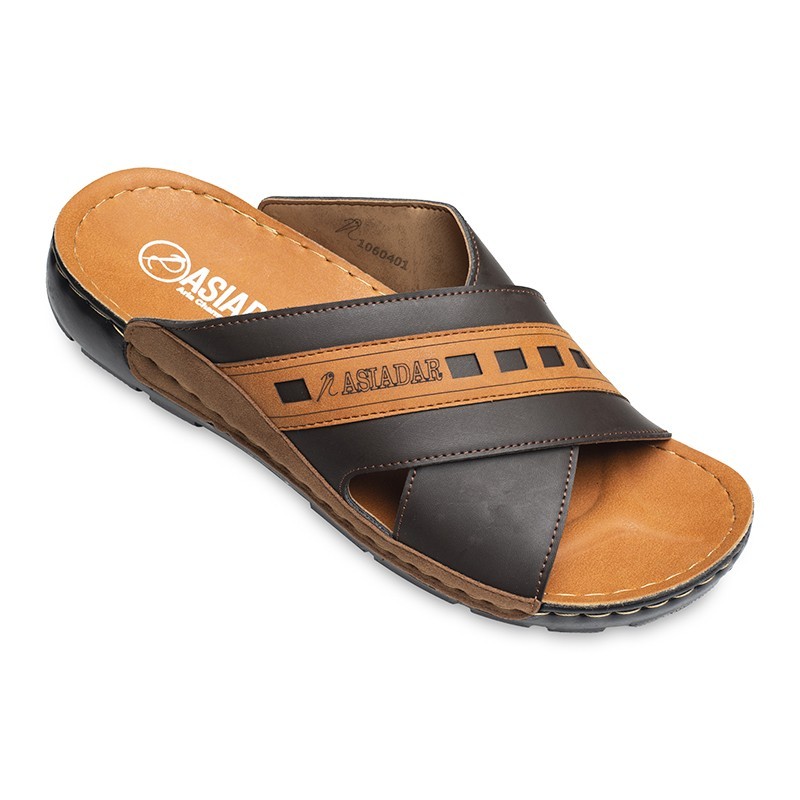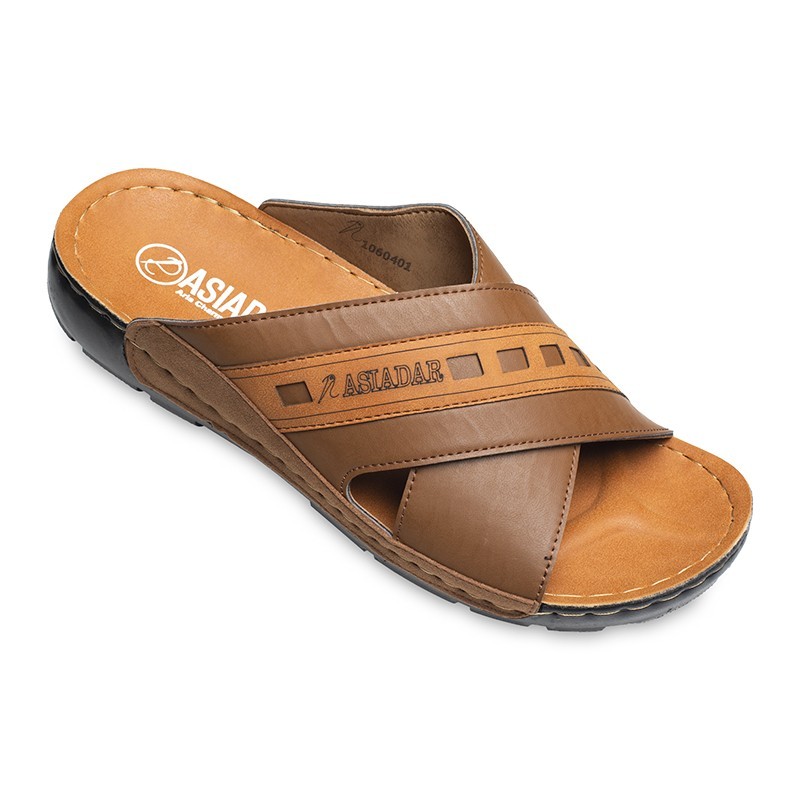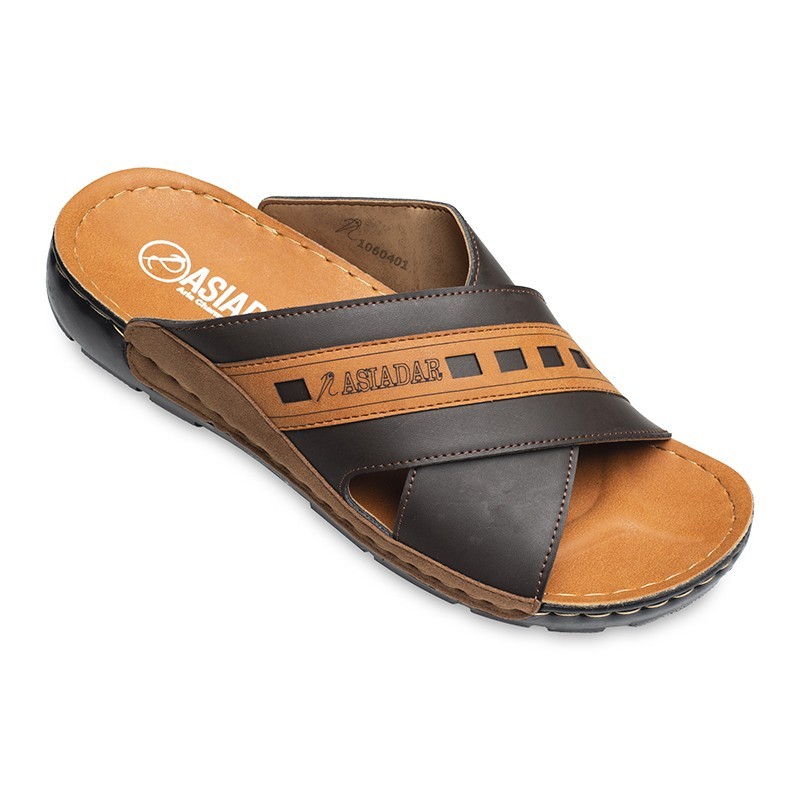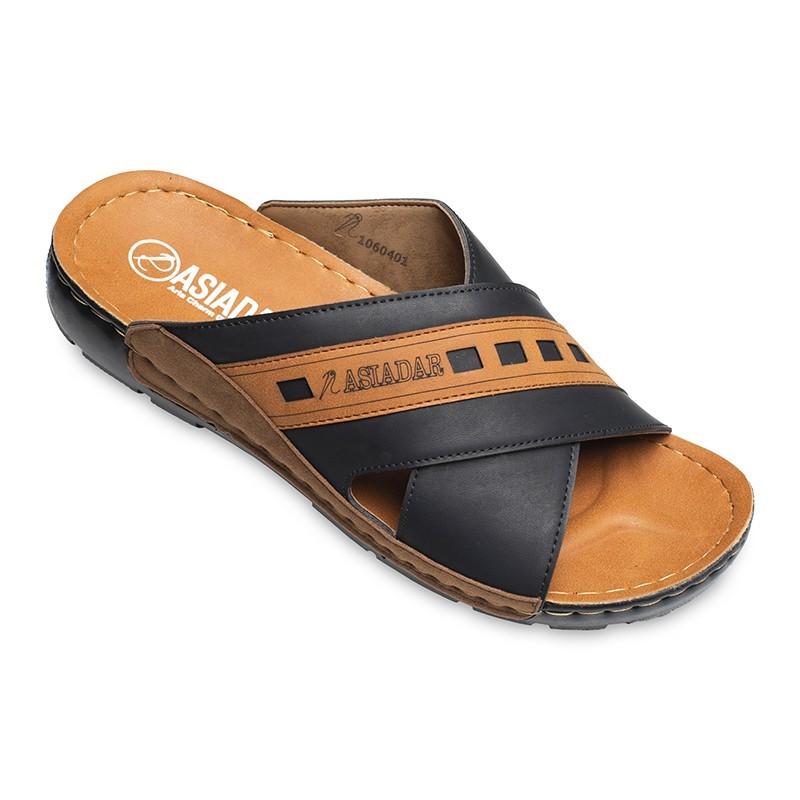Men’s Slippers: Quality and Comfort for Export Markets

Men’s Slippers: Quality and Comfort for Export Markets
In today’s competitive market, the demand for quality footwear, particularly men’s slippers, has been on the rise. As a retailer or exporter, understanding the nuances of this market can significantly impact your sales and customer satisfaction. This comprehensive guide explores the benefits of men’s slippers, the importance of quality and comfort, and how businesses can effectively market and sell these products to export markets.

The Growing Demand for Men’s Slippers
In recent years, there has been a noticeable shift in consumer preferences towards comfortable and versatile footwear. Men’s slippers are not only designed for indoor use but have also become fashionable for casual outings. This trend is driven by several factors:
- Comfort: After a long day at work or during leisure, men seek relaxation, and slippers provide the perfect solution. They are designed to be soft, cozy, and easy to wear, making them a preferred choice for unwinding at home.
- Versatility: Modern men’s slippers come in various styles, making them suitable for both indoor and outdoor use. Many designs now incorporate durable soles and stylish elements, allowing wearers to step outside without changing footwear.
- Health Benefits: Good quality slippers can provide necessary support and comfort, which can help prevent foot fatigue and pain. Investing in quality footwear is increasingly recognized as essential for overall well-being.
- Fashion Trends: Today’s consumers are looking for footwear that not only feels good but also looks good. Men’s slippers are available in a wide range of colors, patterns, and styles, allowing individuals to express their personal style.

(Quality: A Key Component (Men’s Slippers
When it comes to exporting men’s slippers, quality is of utmost importance. Buyers in international markets are looking for products that meet specific standards. Here are some factors to consider:
- Material Selection: High-quality materials such as genuine leather, durable synthetic fabrics, and memory foam offer comfort and longevity. Slippers made from breathable materials also contribute to foot health, reducing sweat and odor.
- Craftsmanship: Attention to detail in the manufacturing process ensures that the slippers are not only comfortable but also durable. Quality stitching, reinforced seams, and sturdy soles contribute to the overall performance of the product.
- Safety Features: Non-slip soles are essential for preventing accidents, especially for slippers intended for use outside. Ensuring that your products comply with safety standards can give you a competitive edge in the market.
- Sustainability: As eco-consciousness grows, offering slippers made from sustainable materials can enhance your brand image. Consumers appreciate products that are environmentally friendly, which can lead to increased sales.
Comfort: The Ultimate Selling Point
Comfort is a primary concern for consumers when purchasing slippers. Here are some key features that enhance comfort:
- Cushioned Footbeds: Slippers with cushioned insoles provide support and comfort, making them ideal for extended wear. Memory foam footbeds are particularly popular as they conform to the shape of the foot.
- Adjustable Straps: Many men’s slippers now come with adjustable straps, allowing for a customizable fit. This feature is especially beneficial for those with wider feet or specific comfort needs.
- Breathability: Slippers made from breathable materials help keep feet cool and dry, enhancing the overall comfort experience. This is particularly important in warmer climates.
- Lightweight Design: Lightweight slippers are easy to wear and comfortable for all-day use. Consumers prefer slippers that won’t weigh them down.
Marketing Strategies for Exporting Men’s Slippers
To successfully market and sell men’s slippers in export markets, consider the following strategies:
- Identify Target Markets: Research potential markets where there is a growing demand for men’s slippers. Understanding local preferences, trends, and purchasing behaviors will help tailor your marketing efforts.
- Build an Online Presence: Establish a professional website and utilize social media platforms to showcase your products. High-quality images, detailed product descriptions, and customer testimonials can enhance your brand’s credibility.
- Content Marketing: Create engaging content that highlights the benefits of your men’s slippers. Blog posts, videos, and infographics can help educate consumers and drive traffic to your site.
- Participate in Trade Shows: Attend international trade shows and exhibitions to showcase your products. This provides an excellent opportunity to network, gather feedback, and establish connections with potential buyers.
- Offer Competitive Pricing: Ensure your pricing strategy is competitive while maintaining quality. Consider offering discounts for bulk purchases to attract wholesale buyers.
- Customer Feedback: Encourage customers to leave reviews and ratings. Positive feedback can significantly influence potential buyers and enhance your brand reputation.
- Promotional Campaigns: Run promotional campaigns through various channels to attract attention to your products. Offering limited-time discounts or bundle deals can encourage customers to make a purchase.
Logistics and Compliance for Exporting
When exporting men’s slippers, it’s essential to navigate the logistics and compliance requirements effectively:
- Research Export Regulations: Familiarize yourself with the regulations and standards for footwear in your target markets. This includes safety standards, labeling requirements, and customs procedures.
- Supply Chain Management: Develop a reliable supply chain to ensure timely production and delivery. Work with reputable shipping companies to manage logistics efficiently.
- Cultural Considerations: Understand cultural differences that may impact purchasing decisions. Tailor your marketing strategies to resonate with local customs and preferences.
- Build Relationships: Establish strong relationships with local distributors and retailers in your target market. This can help you navigate market complexities and enhance brand presence.
- Documentation and Paperwork: Ensure that all necessary documentation for international shipping is completed accurately to avoid delays and complications during customs clearance.










